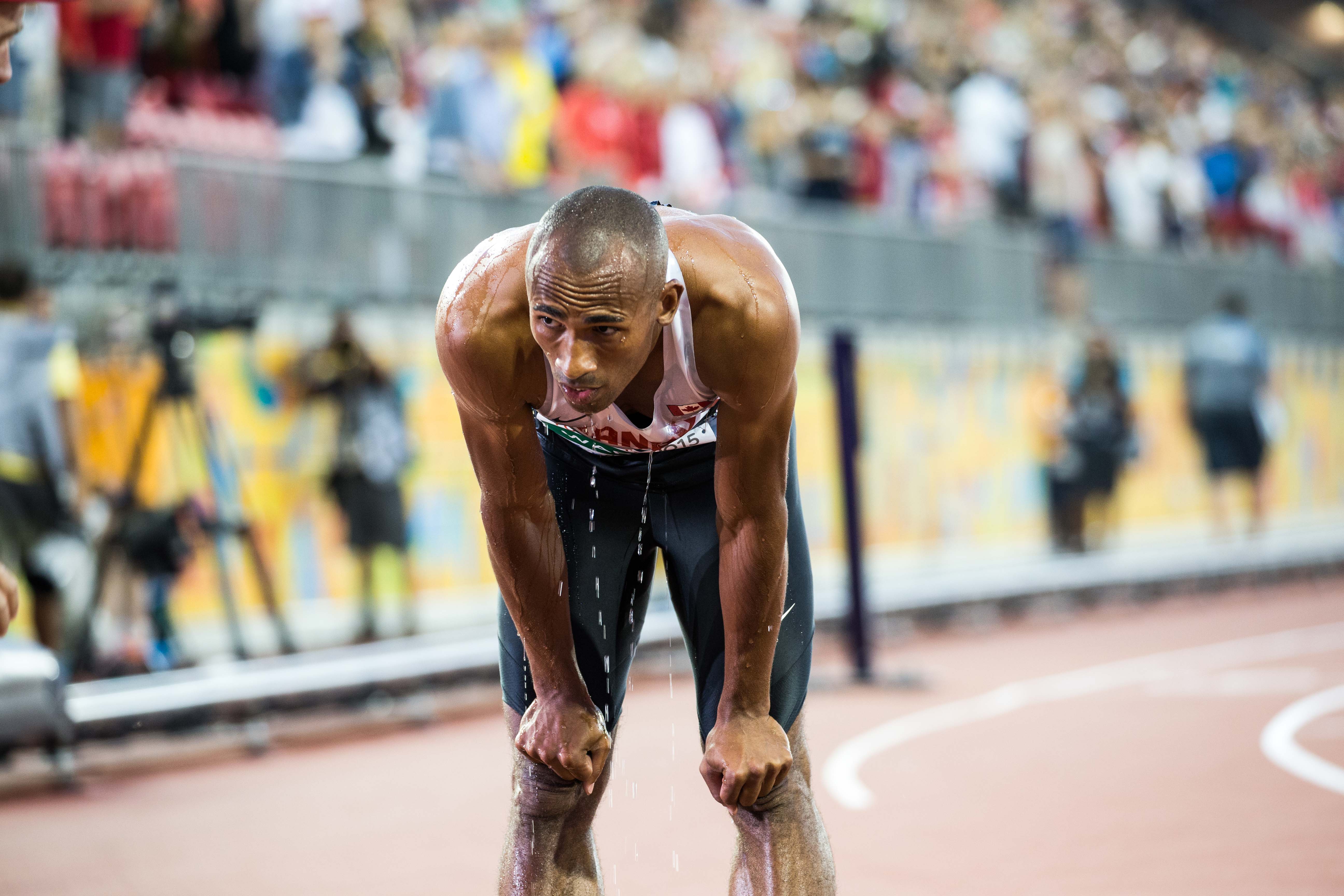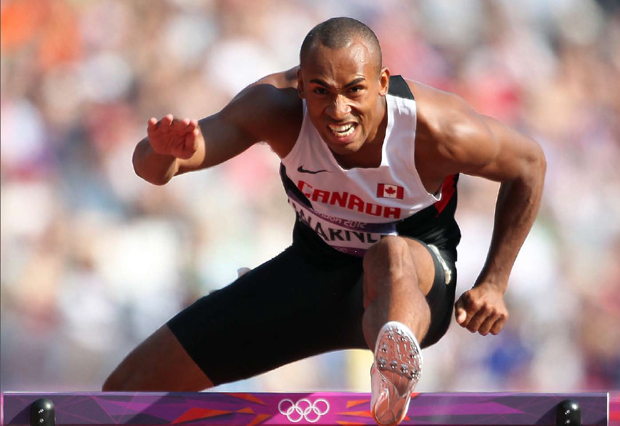What is the decathlon and how does the scoring work?
One of Canada’s best shots at Olympic gold comes in what many consider to be the toughest event in the games: the decathlon. What are the events and how does it work?


One of Canada’s best shots at Olympic gold comes in what many consider to be the toughest event in the games: the decathlon. The combined event is the most complicated discipline in the sport of athletics. Here’s a guide to breakdown the decathlon with a Canadian focus.
10 events in one
The decathlon’s 10 events spans two days and each discipline is scored individually with points going towards an overall cumulative score. Final placings are based on the final score.
The decathlon is known as a combined event because both running, jumping and throwing disciplines are involved. The wide range of events means athletes must train in a much different way than one who is specializing in one discipline.
The decathlon is spaced out with varying amounts of time between competition. During the downtime between events, athletes rest and refuel. A running event always begins and ends the decathlon. The scene after a decathlon and heptathlon is usually exhausted athletes sprawled out onto the track.
How is it scored?
Over the years, the decathlon’s scoring system have evolved into a complex series of formulas. In fact, the current version takes 182 pages to explain.
Here’s the magical formula:
Points = INT(A(B — P)C) for track events (faster time produces a better score)
Points = INT(A(P — B)C) for field events (greater distance or height produces a better score)
And here’s a more useful cheat sheet for how to eyeball the scoring of each event (source: Wikipedia):
|
Event |
1,000 pts |
900 pts |
800 pts |
700 pts |
Unit |
|---|---|---|---|---|---|
|
100 m |
10.395 | 10.827 | 11.278 | 11.756 | Seconds |
|
Long jump |
7.76 | 7.36 | 6.94 | 6.51 | Metres |
|
Shot put |
18.4 | 16.79 | 15.16 | 13.53 | Metres |
|
High jump |
2.20 | 2.10 | 1.99 | 1.88 | Metres |
|
400 m |
46.17 | 48.19 | 50.32 | 52.58 | Seconds |
|
110 m hurdles |
13.8 | 14.59 | 15.419 | 16.29 | Seconds |
|
Discus throw |
56.17 | 51.4 | 46.59 | 41.72 | Metres |
|
Pole vault |
5.28 | 4.96 | 4.63 | 4.29 | Metres |
|
Javelin throw |
77.19 | 70.67 | 64.09 | 57.45 | Metres |
|
1500 m |
3:53.79 | 4:07.42 | 4:21.77 | 4:36.96 | Minutes:Seconds |
All you really need to know is the obvious: the faster you go in the running events, the lower the time. The lower the time, the higher you’ll score in that event. The same goes with the throwing and jumping events, except the aim is, of course, to throw farther or jump higher.
The current world record is 9045 points, scored by American Ashton Eaton at the 2015 IAAF World Championships in Beijing.
Here are the world records for each individual event:
100m: 10.15 (Damian Warner)
Overall world record: 9.58
Long jump: 8.23m (Ashton Eaton)
Overall world record: 8.95
Shot put: 19.17m
Overall world record: 23.12m
High jump: 2.27m
Overall world record: 2.45m
400m: 45.00 (Ashton Eaton)
Overall world record: 43.03
110mH: 13.44 (Damian Warner)
Overall world record: 12.80
Discus: 55.87m
Overall world record: 74.08m
Pole vault: 5.76m
Overall world record: 6.16m
Javelin: 79.80m
Overall world record: 98.48m
1,500m: 3:58
Overall world record: 3:26
Canada’s contender: Damian Warner
Day 1 – Aug. 17 (all times EDT)
100m – 8:30 a.m.
Long jump – 9:35 a.m.
Shot put – 11:15 a.m.
High jump – 4:45 p.m.
400m – 8:20 p.m.
Day 2 – Aug. 18 (all times EDT)
110m hurdles – 8:30 a.m.
Discus – 9:25 or 10:40 a.m. (two different groups)
Pole vault – 12:25 p.m.
Javelin – 5:35 or 6:45 p.m. (two different groups)
1,500m – 8:45 p.m.
Warner is the Canadian record holder in the event and is an extremely good sprinter. His best events include the 100m and 110m hurdles. The 26-year-old London, Ont. native won silver at the world championships last year and will be in tough against world record holder and American Ashton Eaton.
What the heck are the non-running events all about?
High jump: A vertical jump over a horizontal bar and land on a mat.
Long jump: A horizontal jump into a sand pit.
Shot put: A throw where athletes “push” the weighted ball from their shoulders into a landing area.
Javelin: A throw where athletes launch a spear into a landing area.
Discus: A throw where athletes spin a weighted frisbee-like object and toss into a landing area.
Pole vault: A vertical jump where athletes use a pole to “vault” themselves over a horizontal bar and on to a mat.
Canadian Running will be providing live updates of the events and posting previews and recaps.


